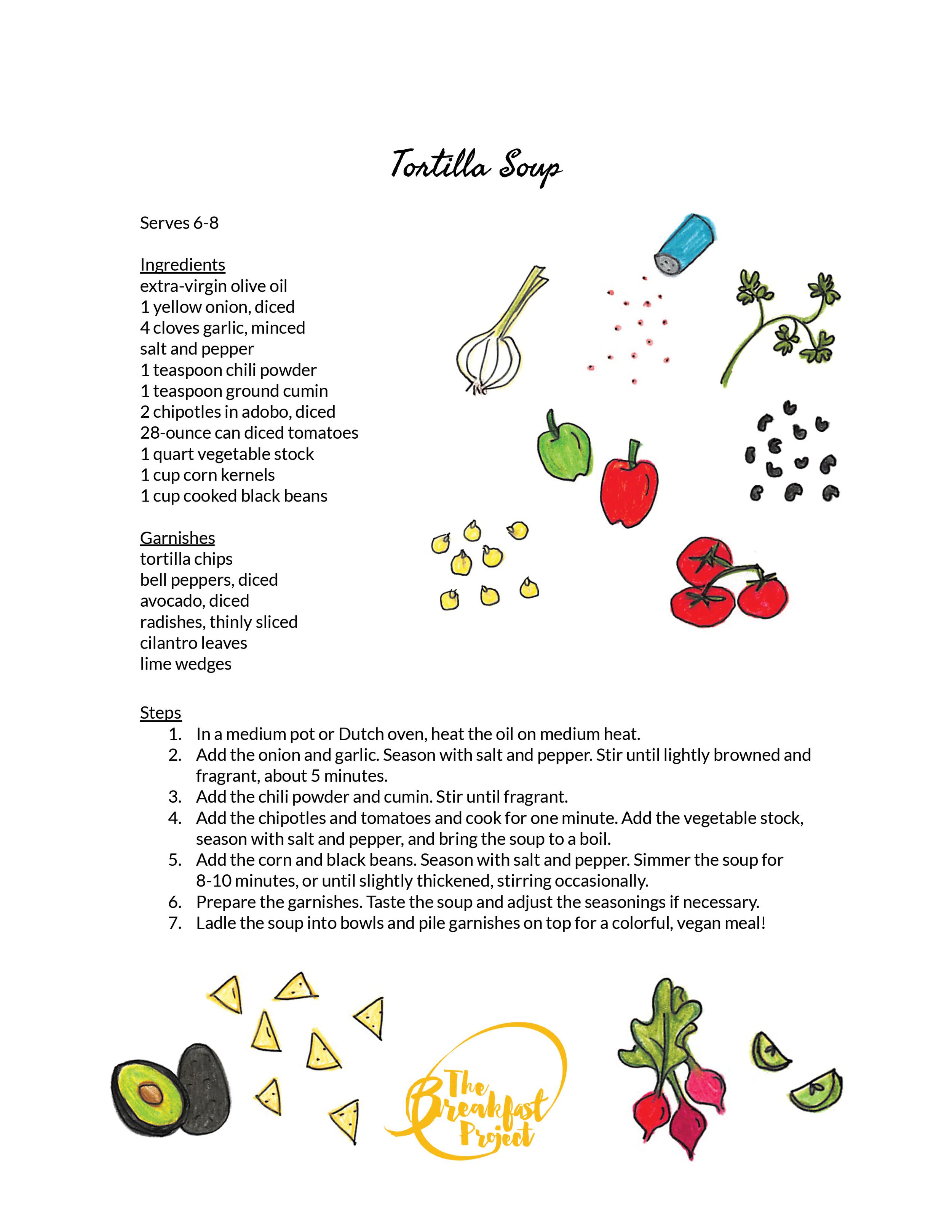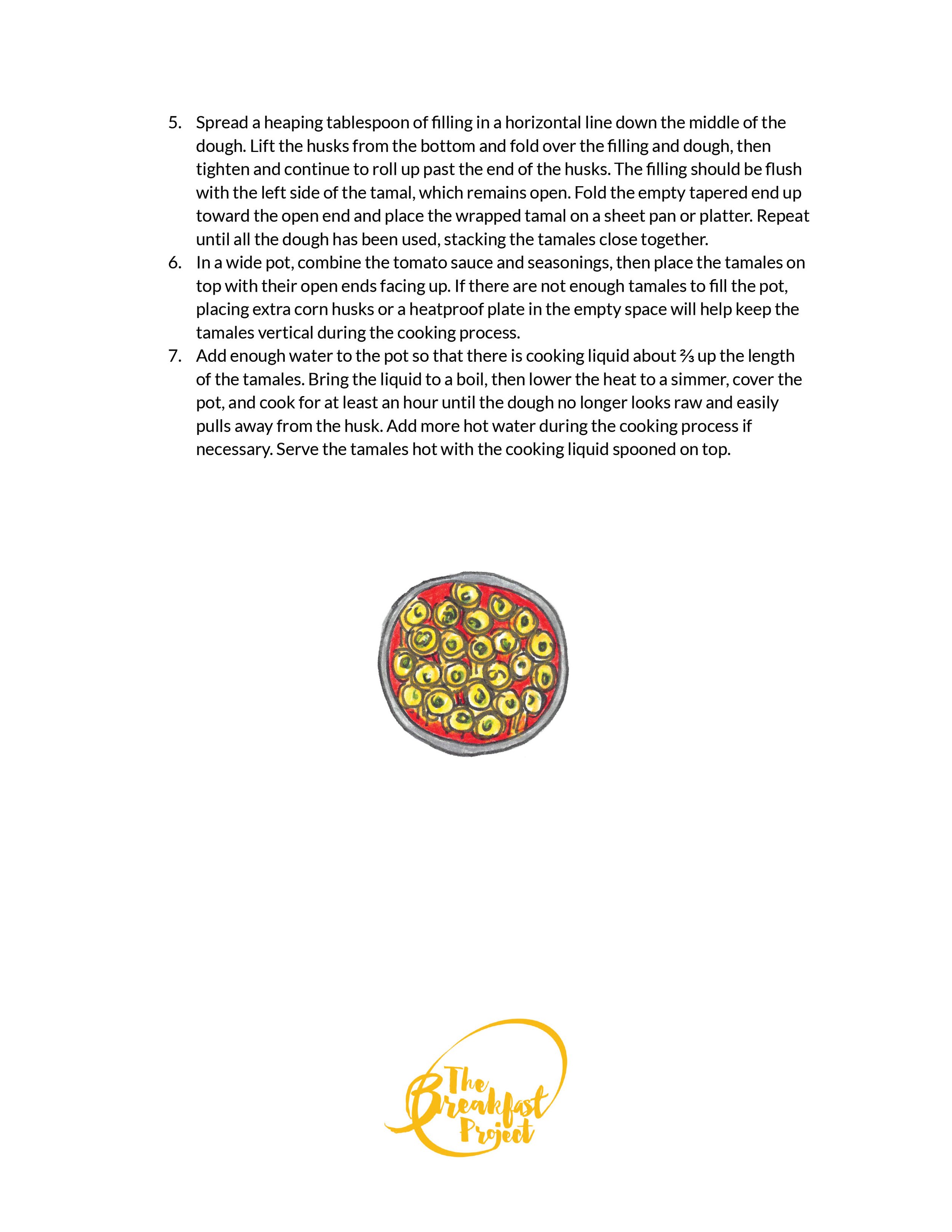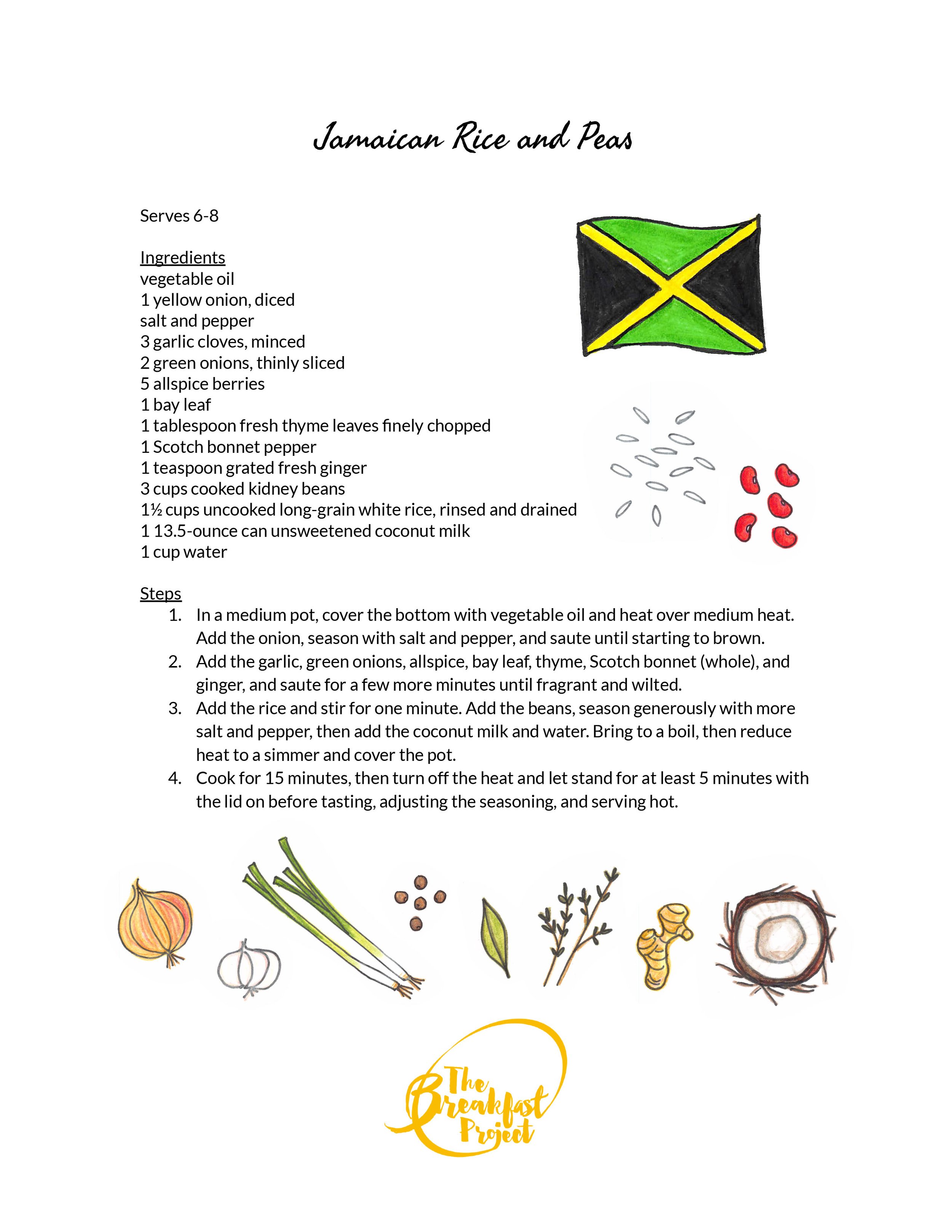In the classroom this week we read Daniel Yaccariono’s account of his family’s immigration to the United States, All the Way to America: The Story of a Big Italian Family and a Little Shovel. The book opened up a discussion about the many ways immigrants arrive in America and pass down their traditions over the generations.
In the kitchen, we made a dish that orginated in Venice, Italy that truly showcases spring produce called risi e bisi (“rice and peas”). The first grade chefs shelled pounds and pounds of fresh peas, then worked with a special rice grown only in Italy called Vialone Nano. The finished dish was bright green, savory, and truly outstanding with a grating of Parmigiano-Reggiano on top.





















































































































































































































































































































































































